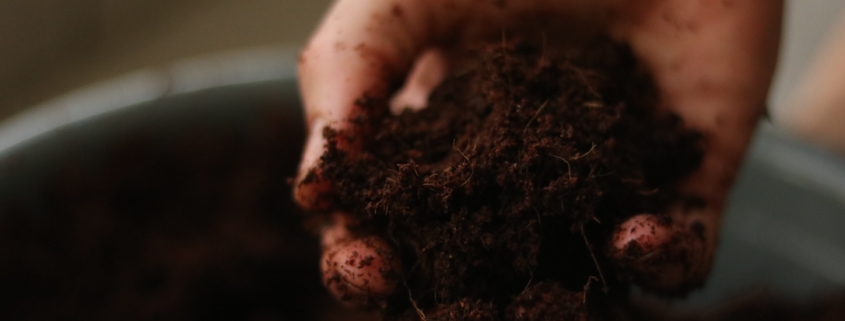Study: Regenerative Farming Boosts Soil Health, Yielding More Nutritious Crops
Plants build themselves from sunlight, water, and soil. And, as it turns out, what crops “eat” can influence the nutrients on our own plates.
A recent study, published in the journal PeerJ, compared the nutritional content of food crops grown using conventional versus regenerative farming practices — those that build the soil by using cover crops, a diverse rotation of crops, and minimal tilling.
“It was very difficult to find studies that had explicitly looked at soil health and how that affects what gets into food,” lead author David Montgomery, a professor of Earth and space science at the University of Washington, told Mongabay. “We did the experiment that we wished was out there.”
The researchers turned to a network of farmers who they knew had successfully rebuilt soil fertility on their land using regenerative agricultural practices. Ten regenerative farms agreed to grow 1 acre (0.4 hectares) each of peas, sorghum, corn, or soybeans to compare results with the same crop grown on a neighboring conventional farm.

